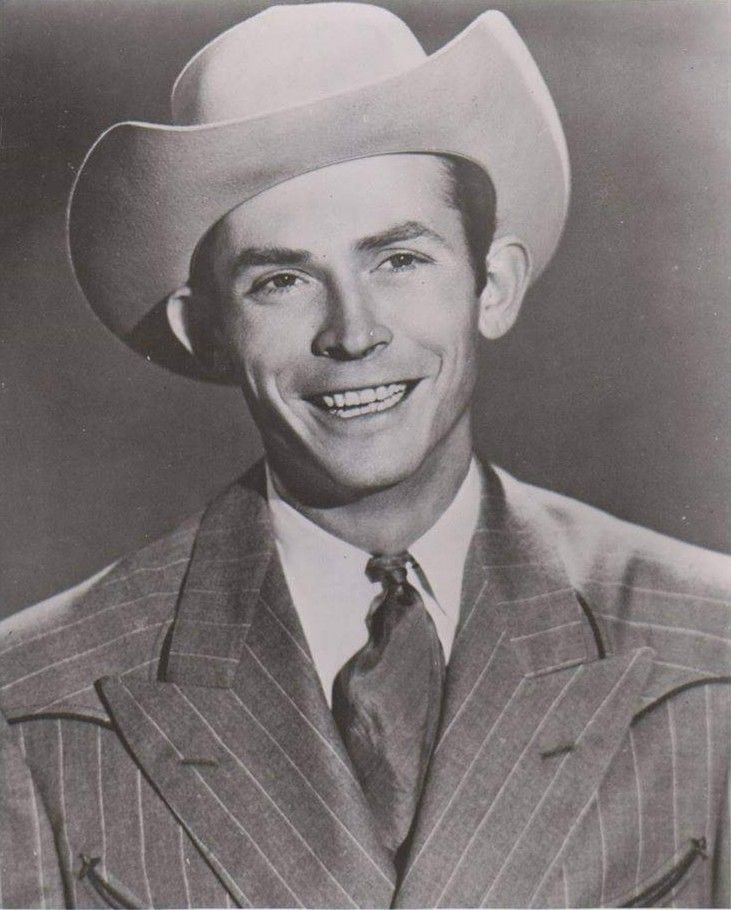Song Information
Title: I’m So Lonesome I Could Cry
Artist: Hank Williams
Writer: Hank Williams
Release Date: November 1949
Label: MGM Records
Genre: Country / Honky-Tonk Ballad
Length: 2:45
Producer: Fred Rose
“I’m So Lonesome I Could Cry” is one of the most haunting and iconic country songs ever written. Composed and originally performed by Hank Williams, the song was released as the B-side to “My Bucket’s Got a Hole in It.” Despite being a B-side, it quickly outshone the A-side and became one of Williams’ most revered works. The song is frequently cited by artists and critics as a milestone in American music history, blending poetic lyricism with emotional vulnerability in a way that was uncommon at the time.
Song Meaning
“I’m So Lonesome I Could Cry” is a raw and poetic expression of loneliness. Hank Williams uses imagery from nature—whip-poor-wills, stars hiding their light, and a weeping robin—to paint a vivid emotional landscape of sorrow and isolation. The lyrics don’t tell a traditional story; instead, they flow like a series of emotional snapshots that convey deep inner despair.

Each verse is almost like a sigh—short, quiet, and filled with yearning. What makes the song unique is its vulnerability. During the post-war era, men weren’t expected to show emotion, especially in public. Yet here was Hank Williams, a rising country star, admitting not only to feeling lonesome, but to being so lonesome that he could cry.
There is no resolution in the song. No redemption. It simply lingers in that feeling, allowing the listener to sit with the weight of sadness. This emotional honesty is what has allowed the song to endure for generations. It taps into a universal feeling—the kind of sadness that’s hard to explain, but instantly recognizable when heard in Williams’ trembling voice.
Explaining the Curiosity: Why Would a Man Be So Lonesome He Could Cry?
At first glance, the phrase “so lonesome I could cry” might seem like an exaggeration. But in Hank Williams’ world, it was a brutally honest confession. The song was written during a turbulent period in his personal life—marked by marital problems, alcoholism, and a growing sense of isolation despite his fame.
Williams had a notoriously difficult relationship with his wife, Audrey, and his health was beginning to fail due to chronic back pain and substance abuse. Despite being surrounded by fans and success, he was emotionally alone. The line “Did you ever see a robin weep when leaves begin to die?” is not just poetic—it’s autobiographical.
Williams used metaphor to speak about what he couldn’t say directly. Crying wasn’t something country men did openly, especially not in the 1940s. But Hank dared to put that vulnerability into his art. That’s why this song matters: it broke the unspoken rule of emotional silence and made it okay to admit deep sadness.
For listeners today, the song remains relatable. Loneliness doesn’t care about time or culture—it finds everyone. Hank Williams simply gave it a voice before anyone else had the courage to do so.
Watch the Song Video
▶️ https://www.youtube.com/watch?v=VqfisHUtWOA